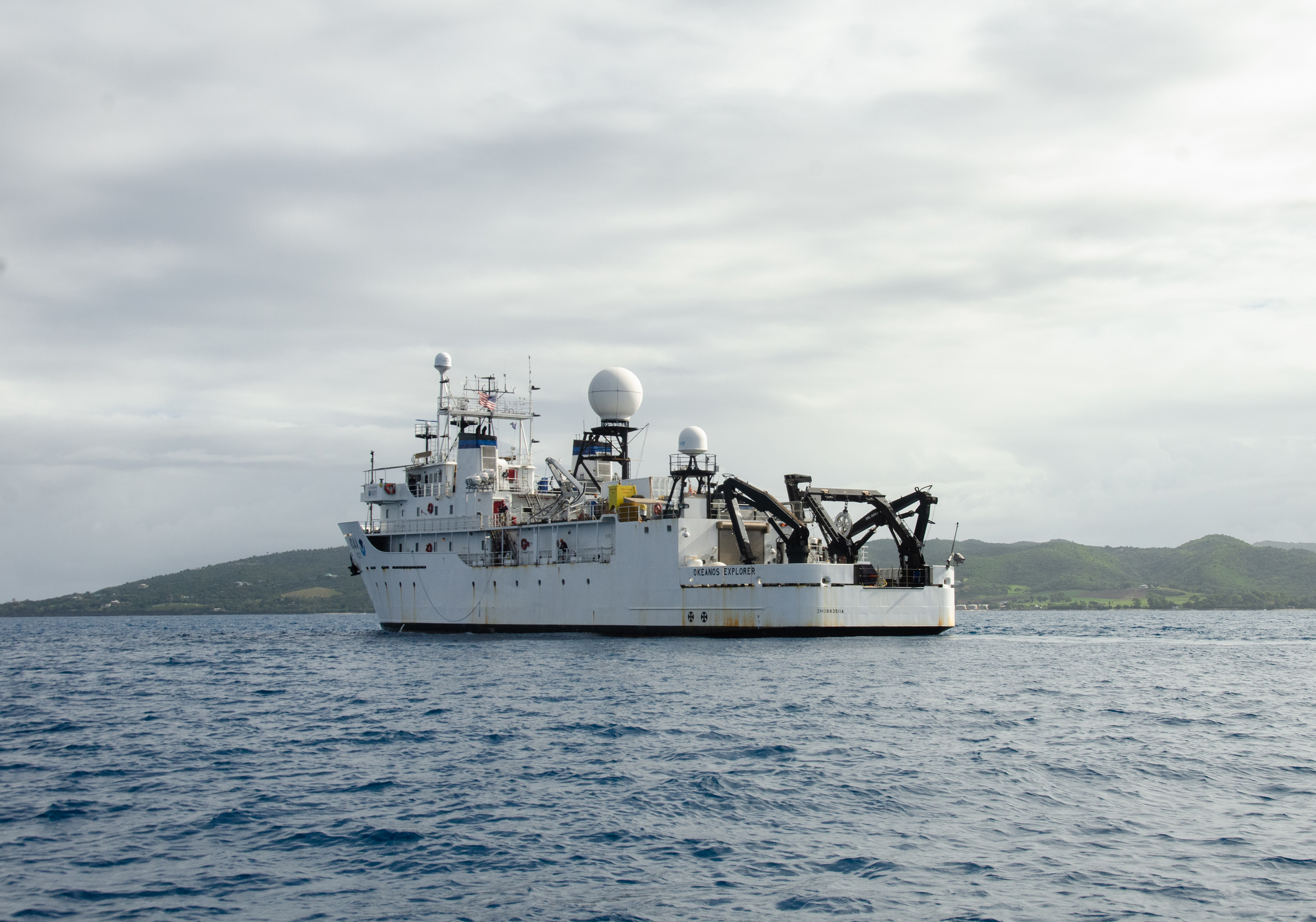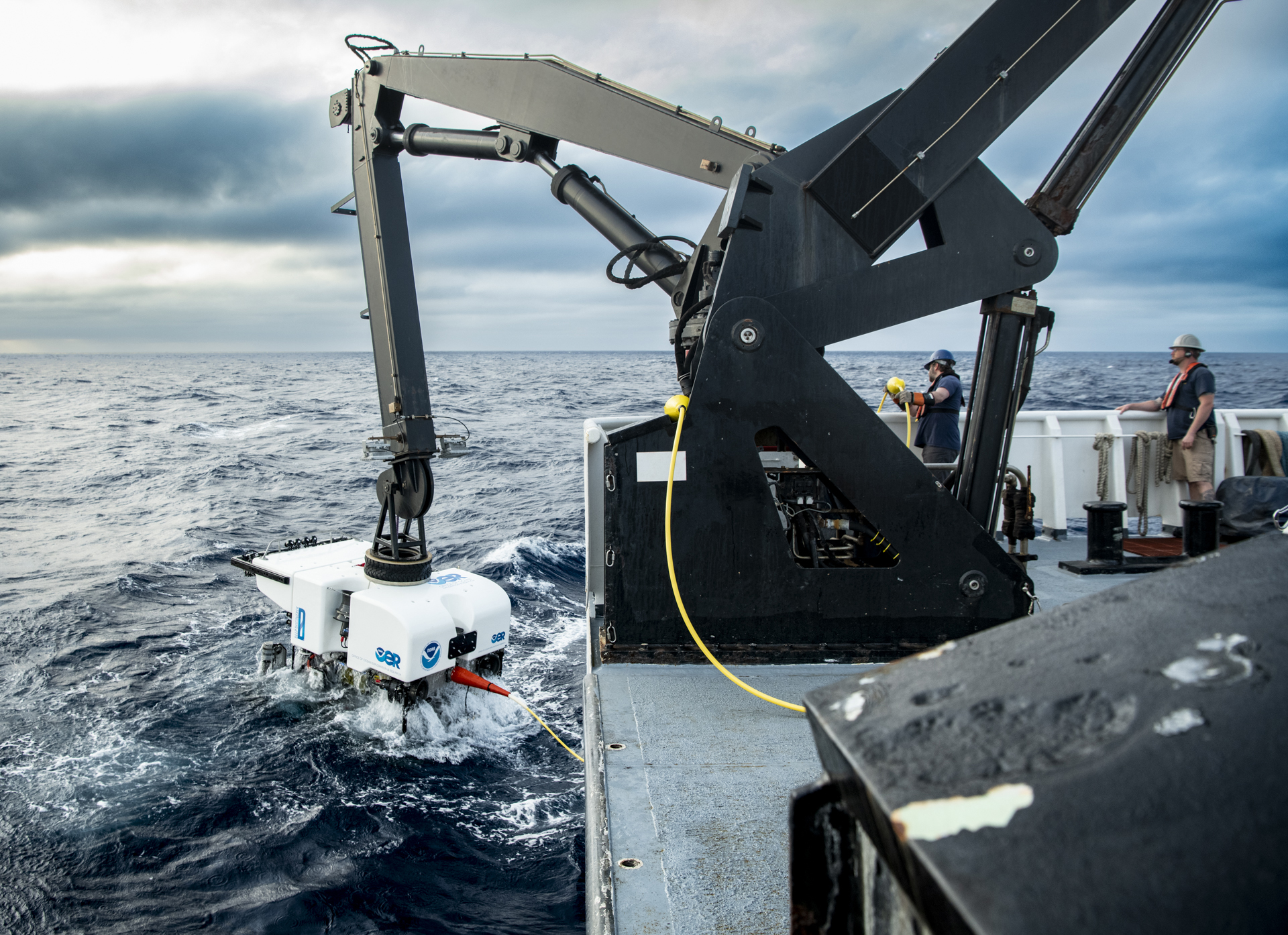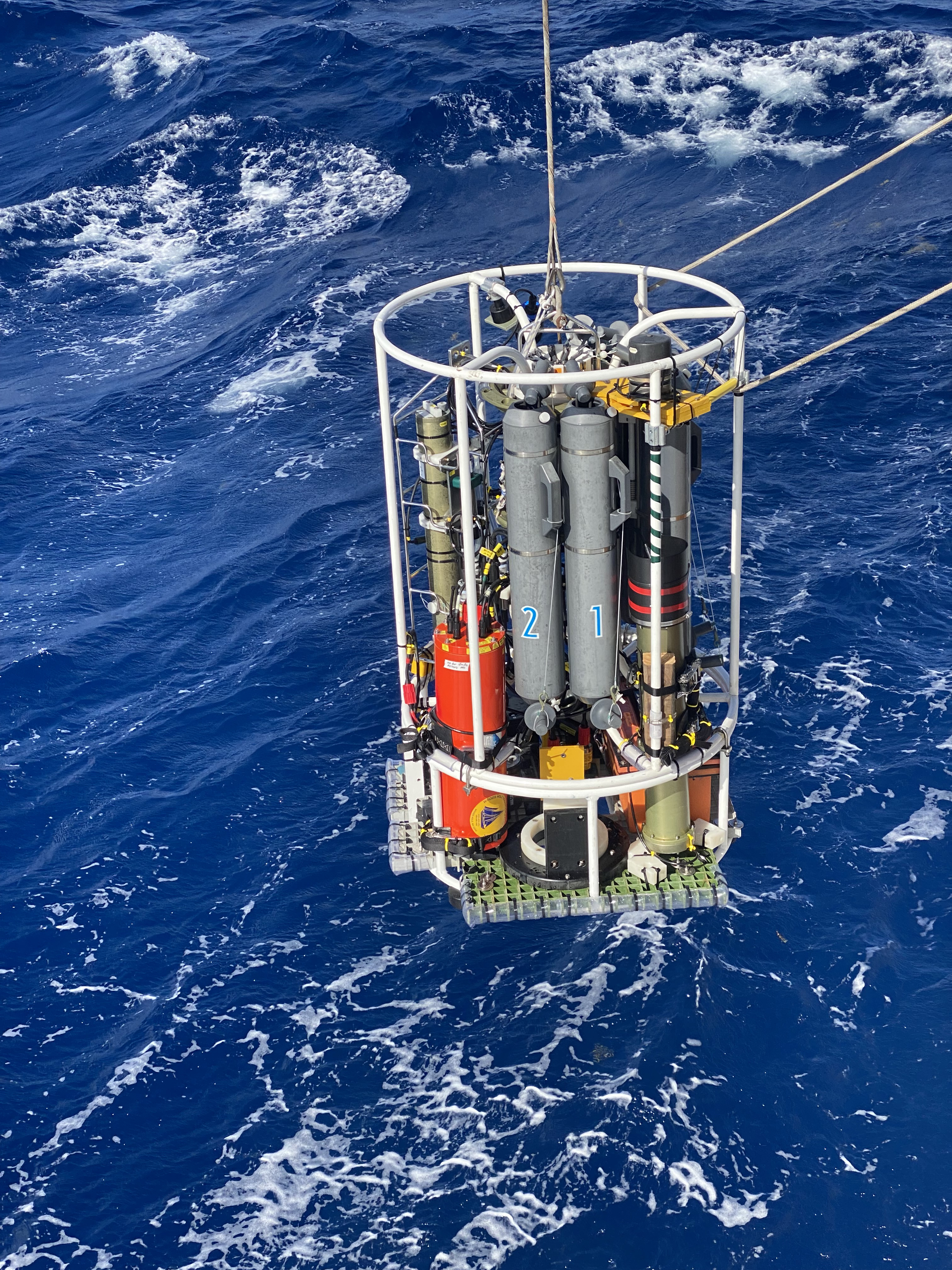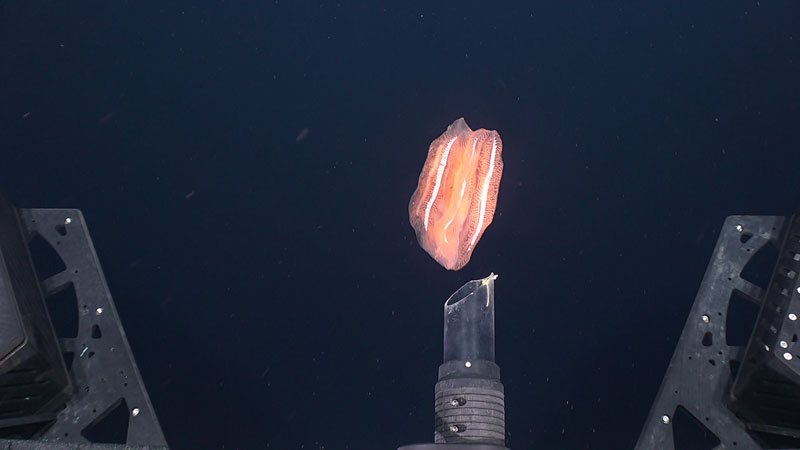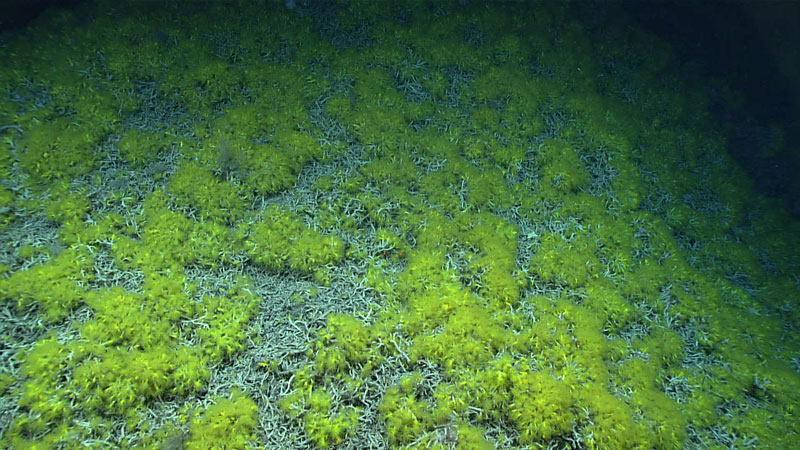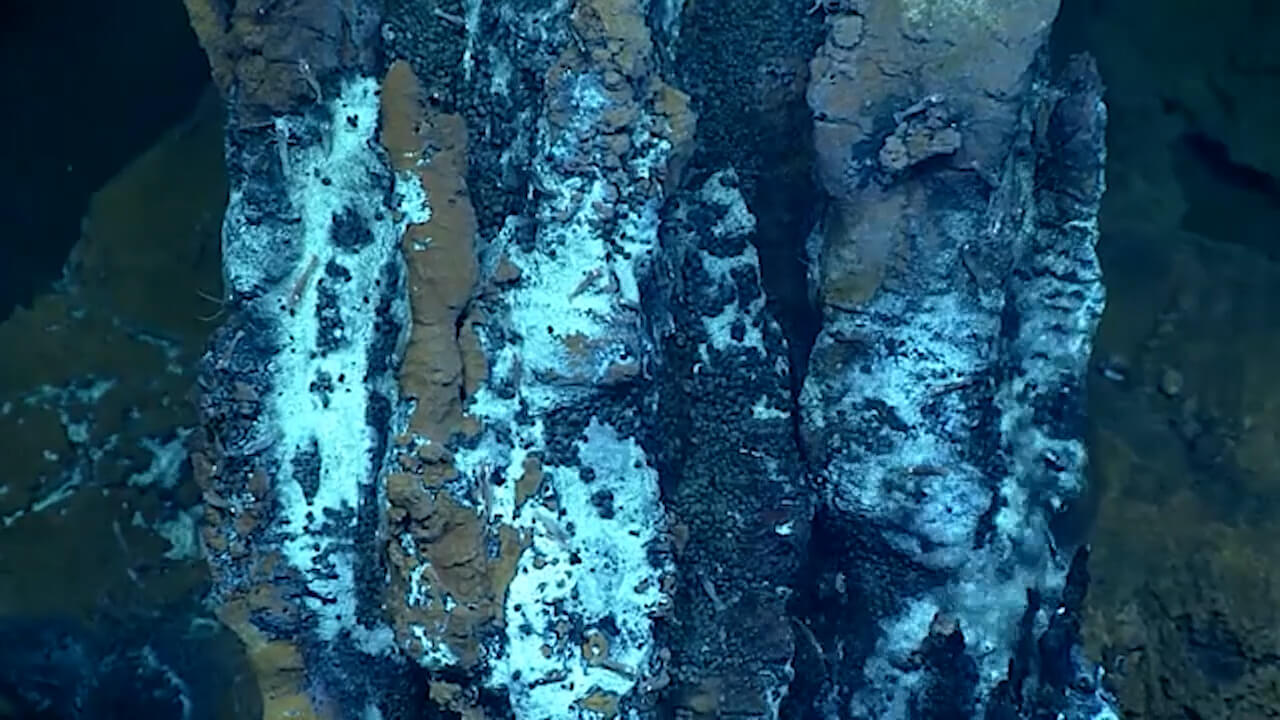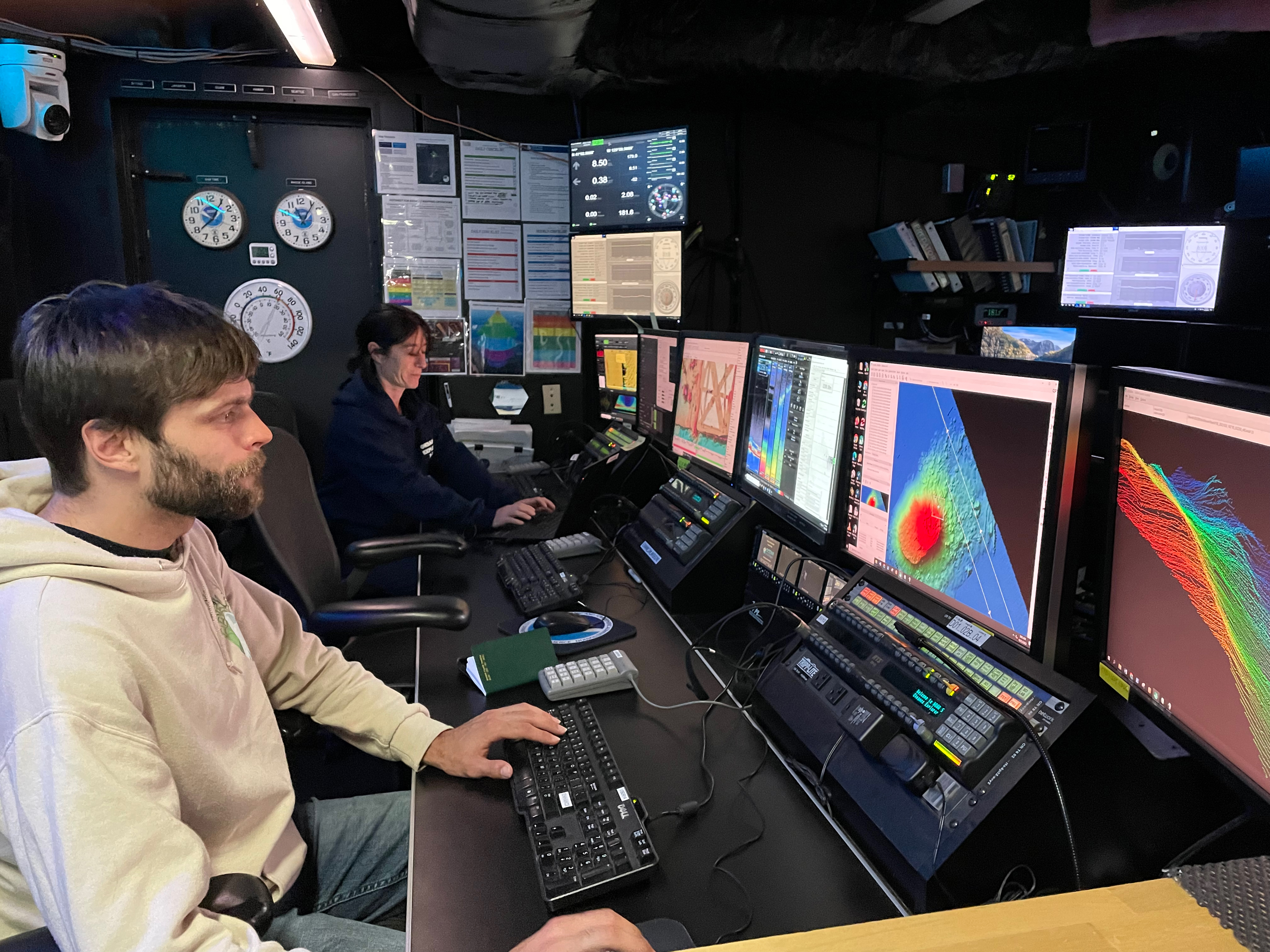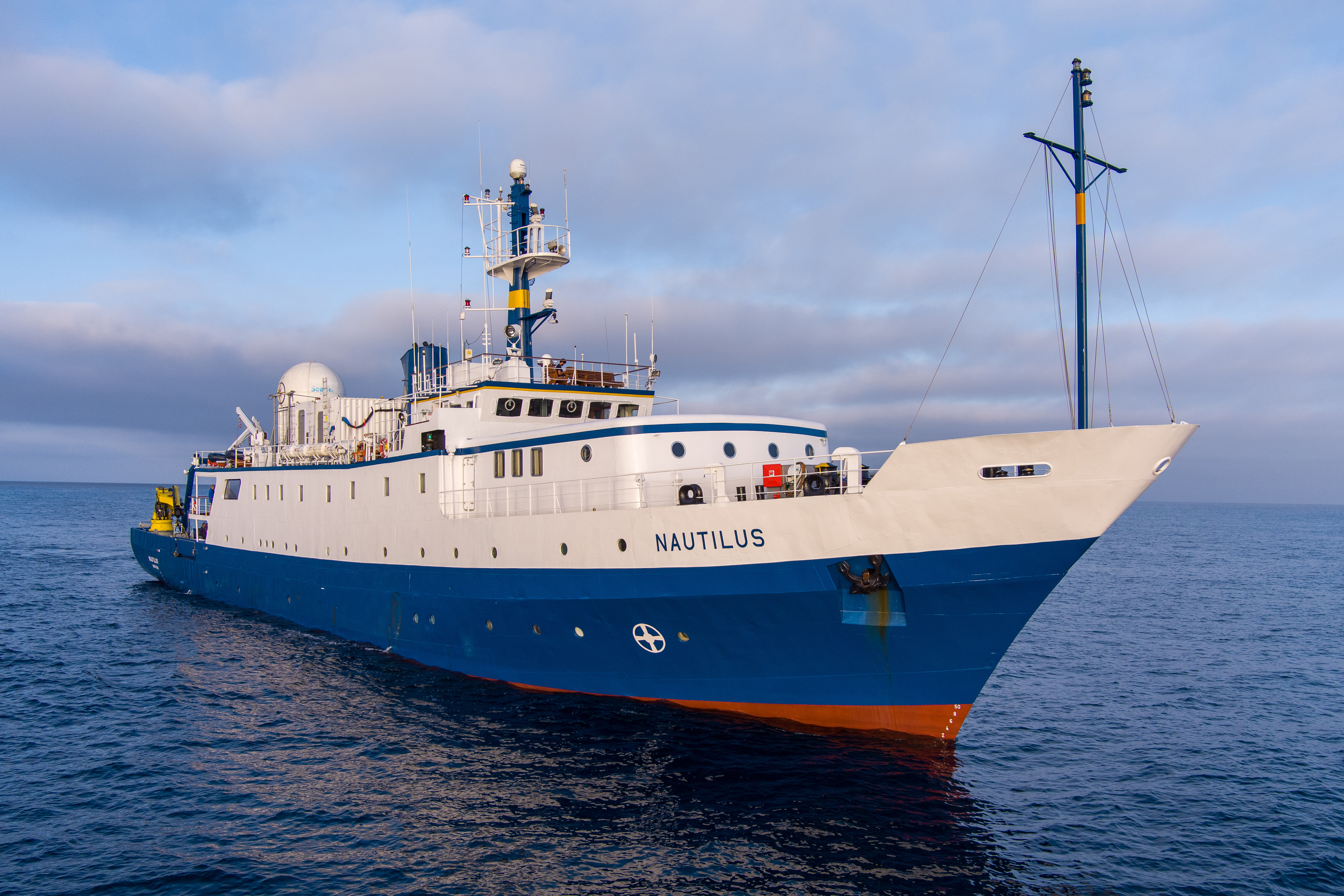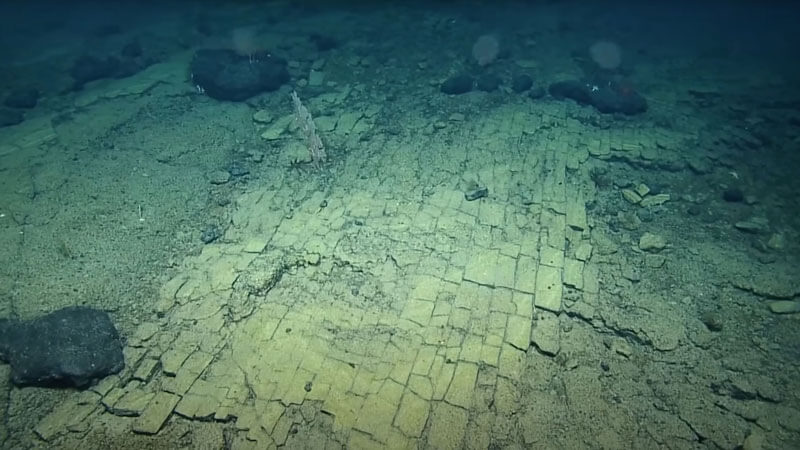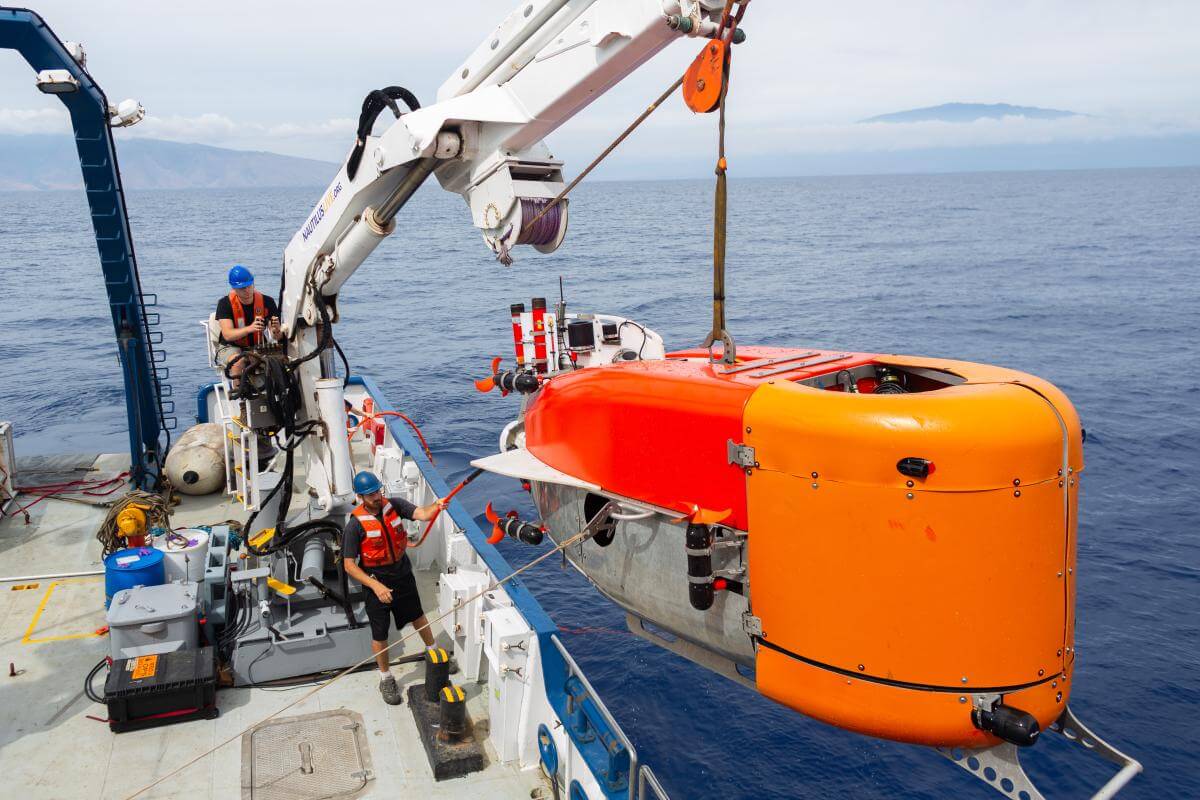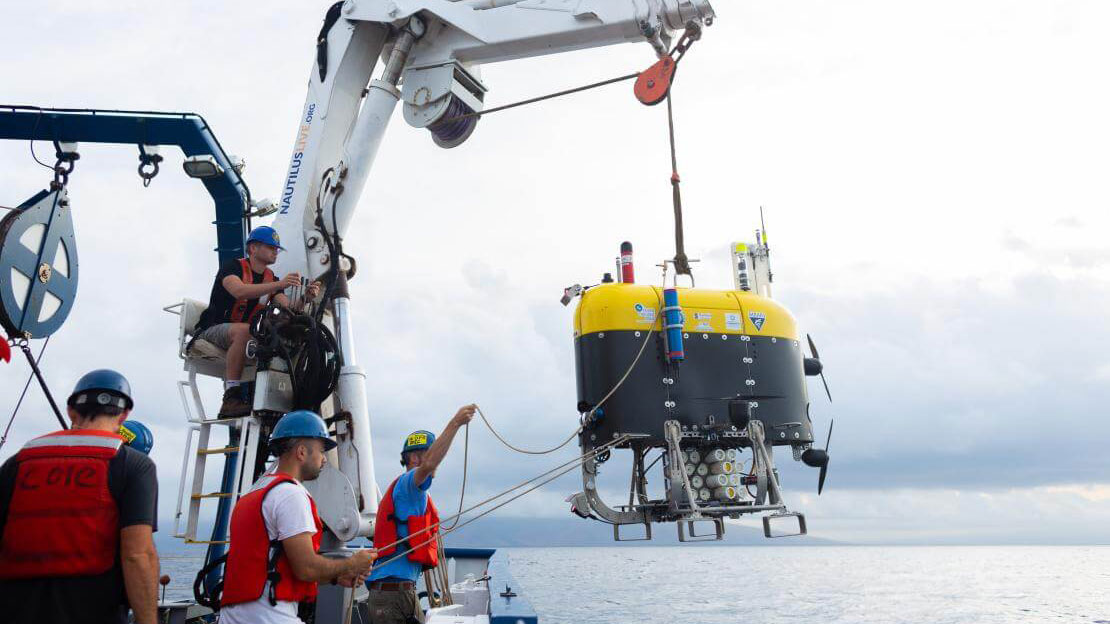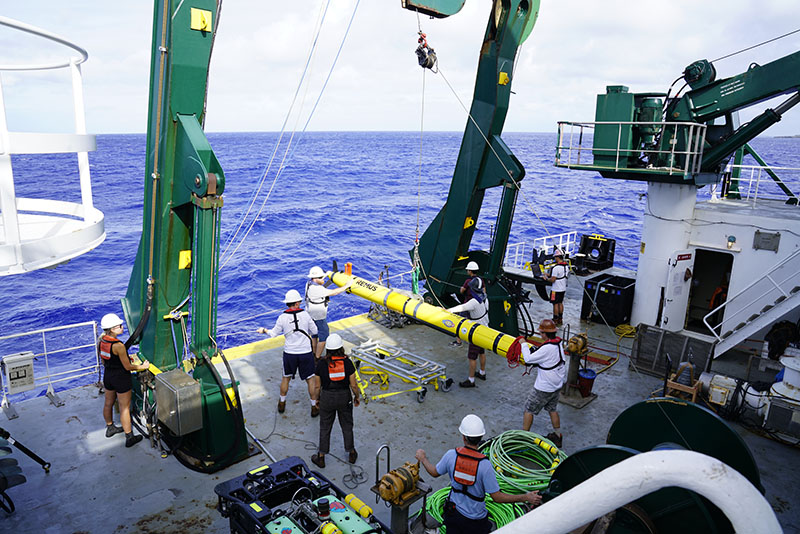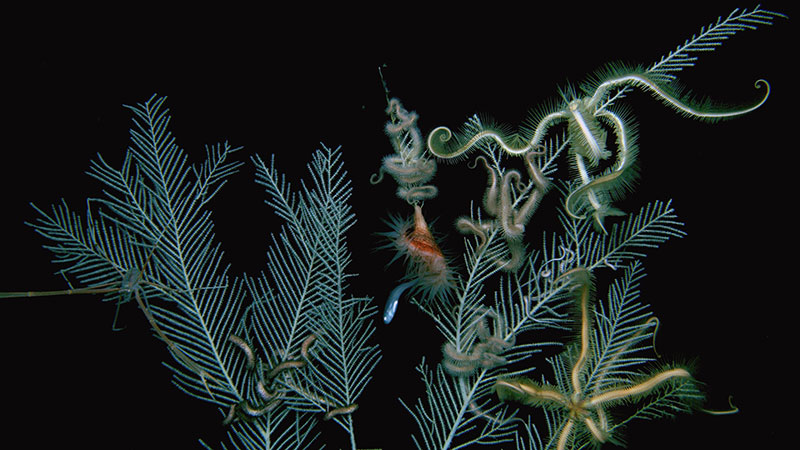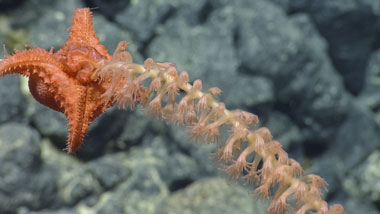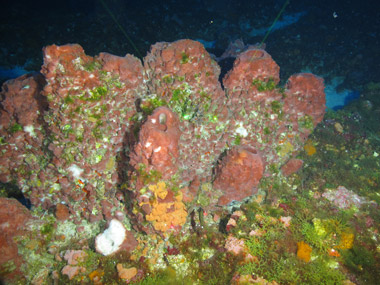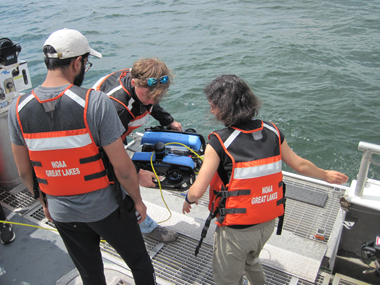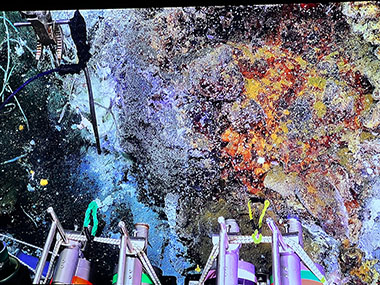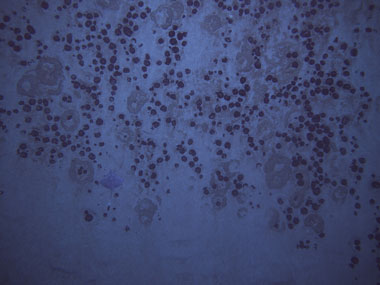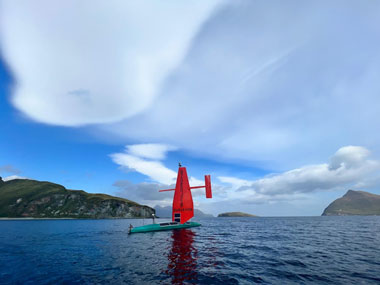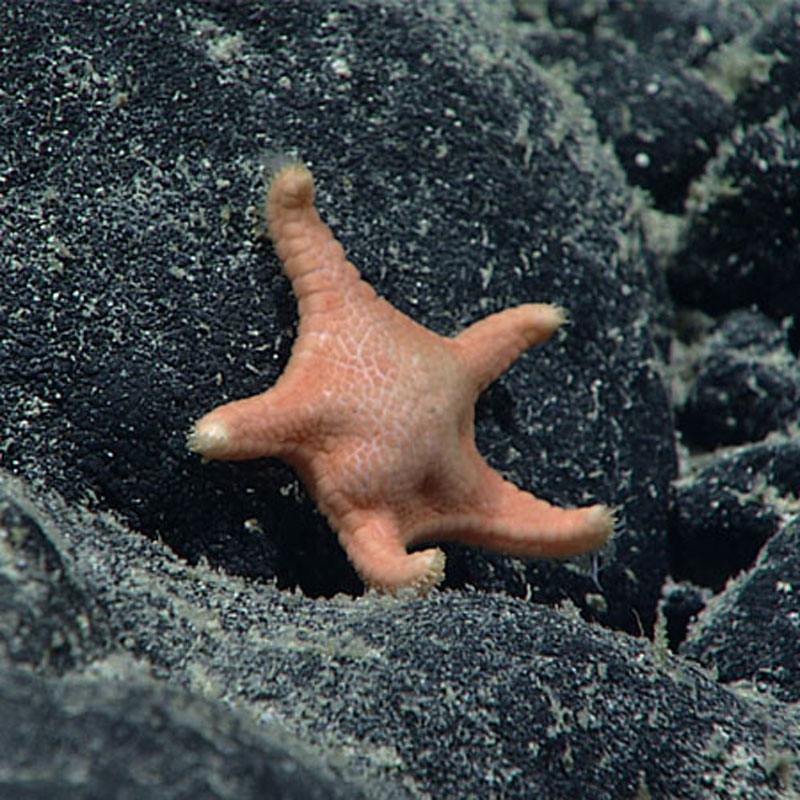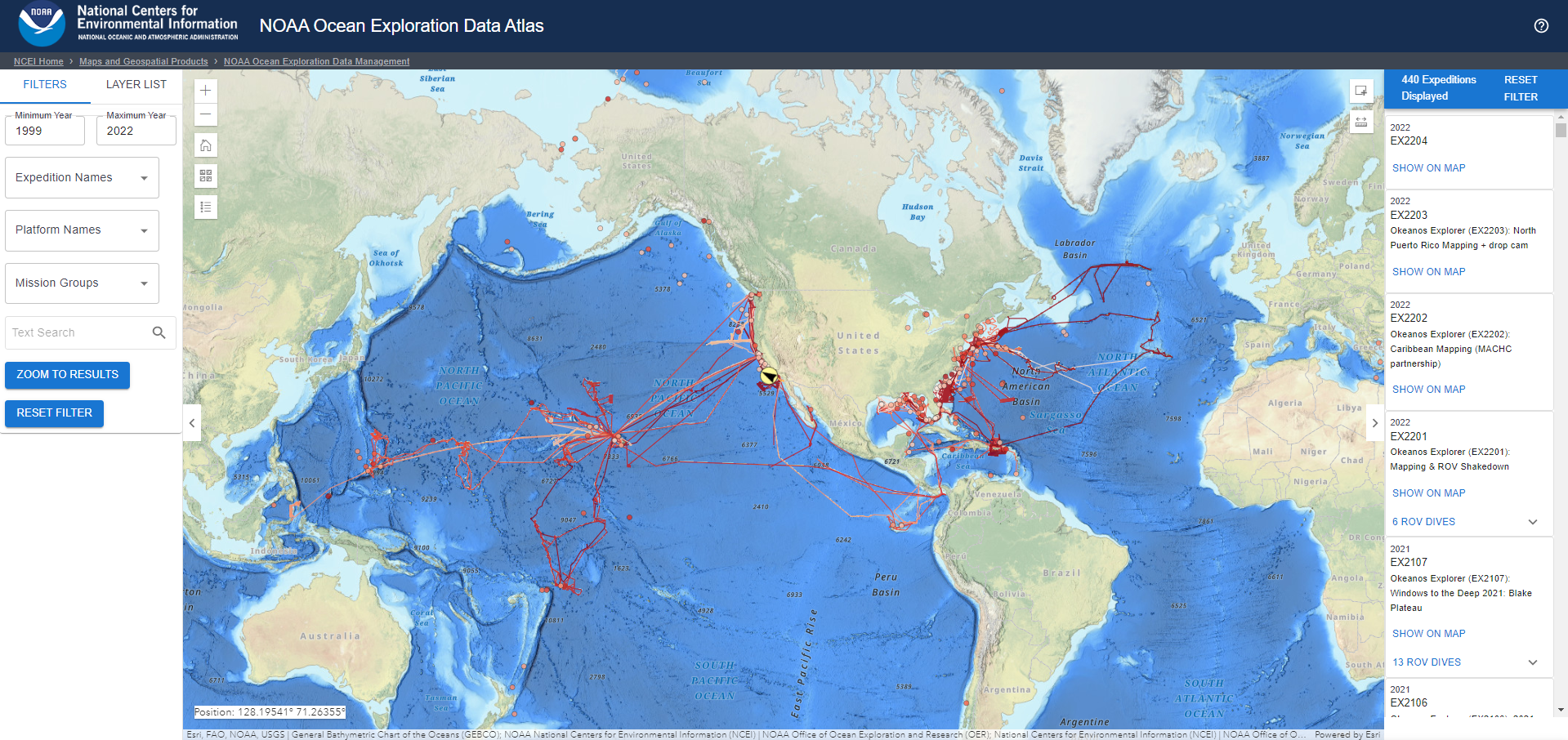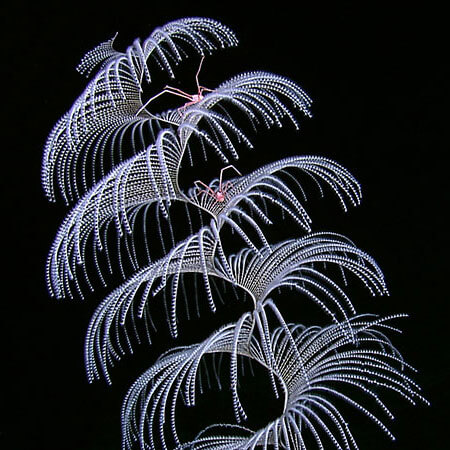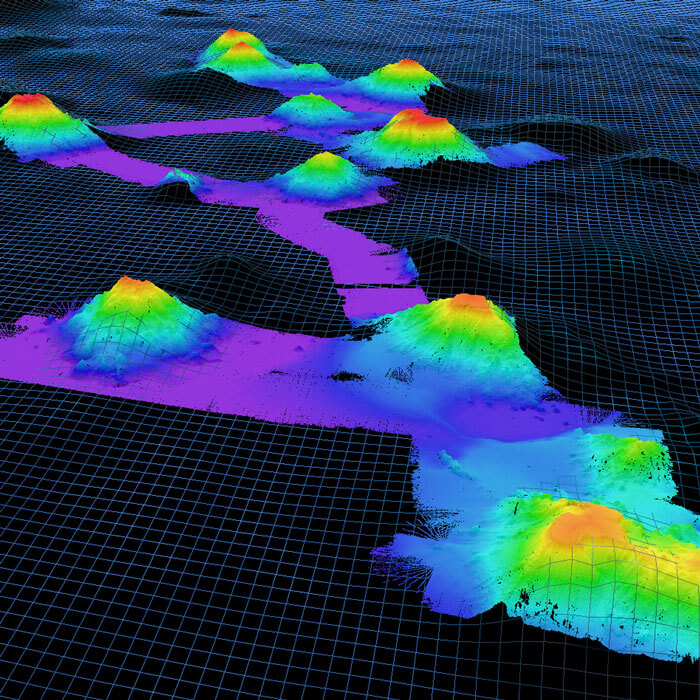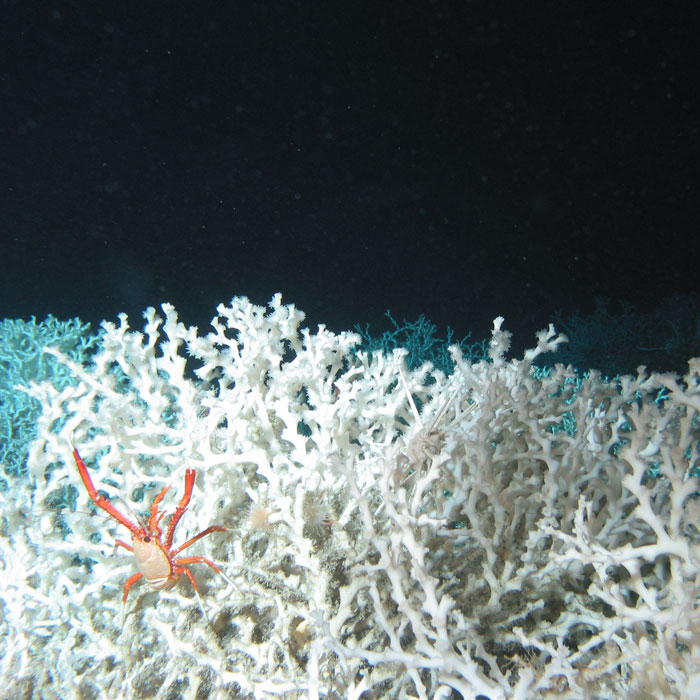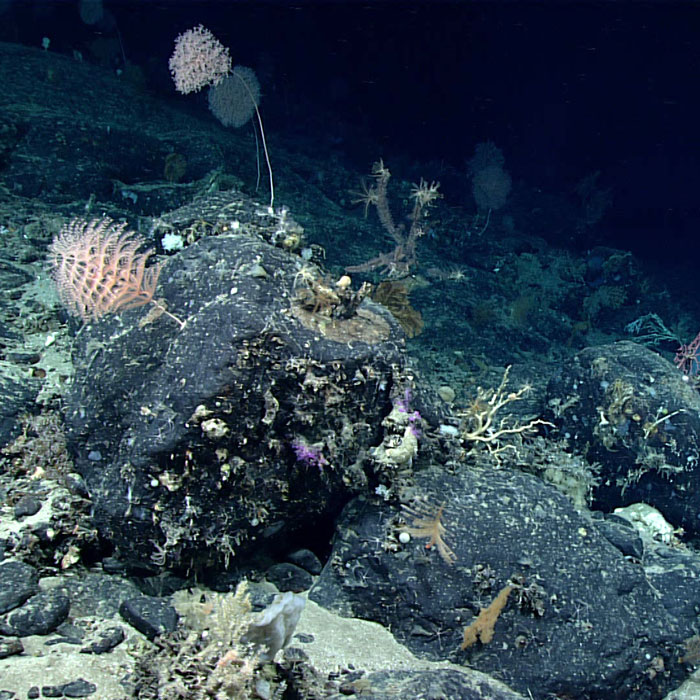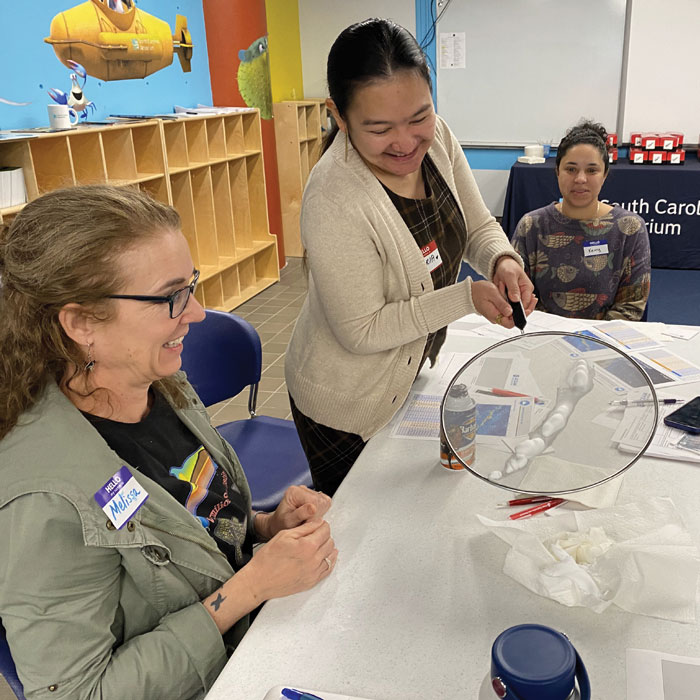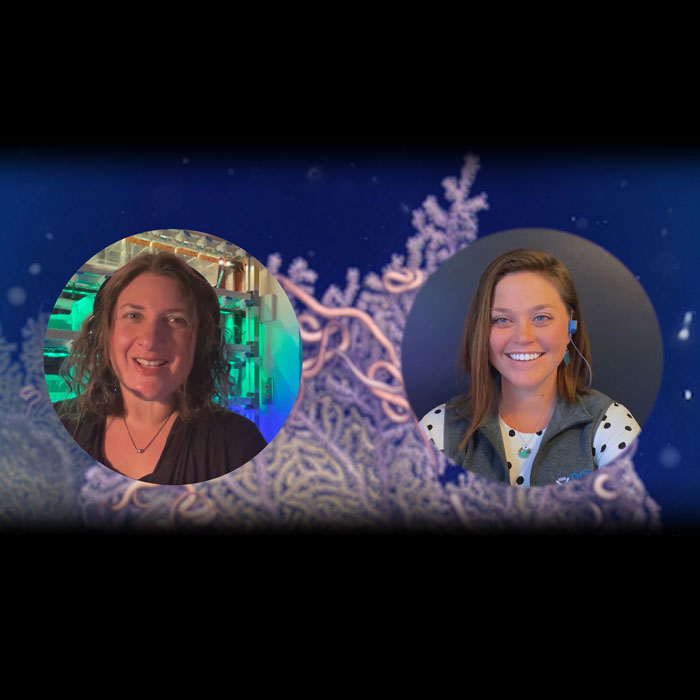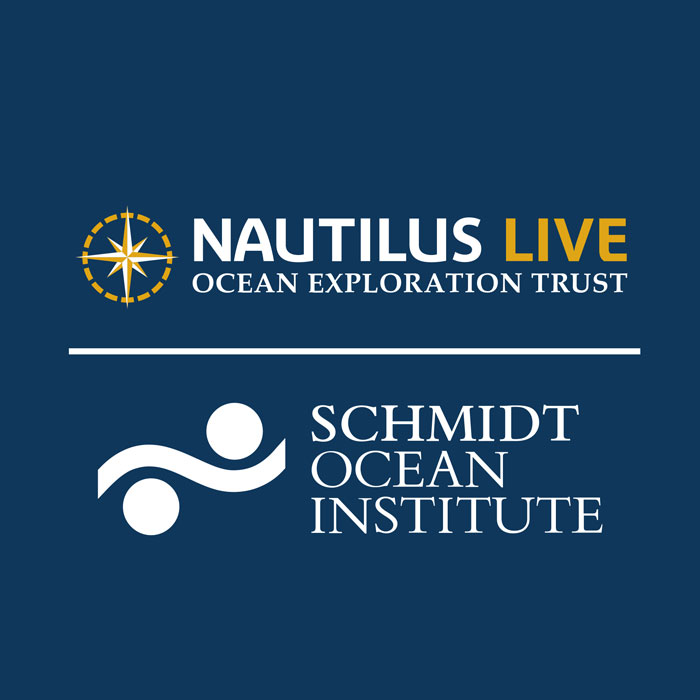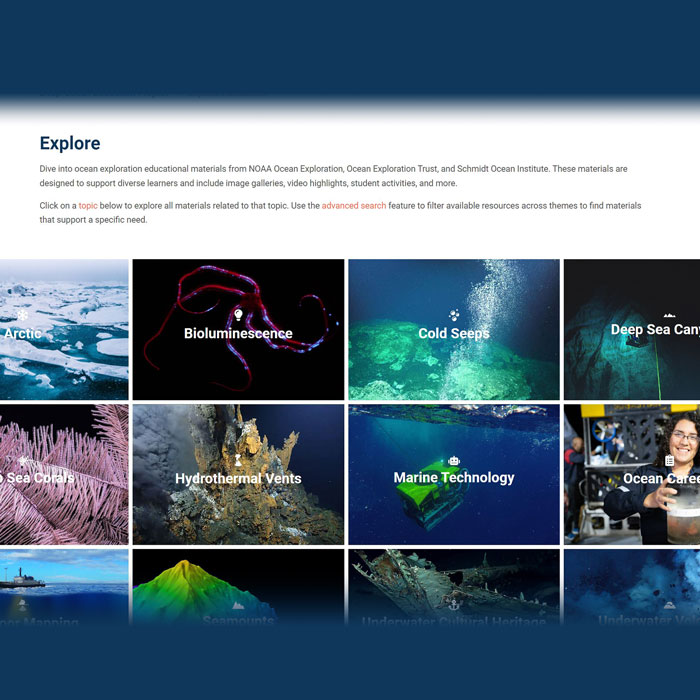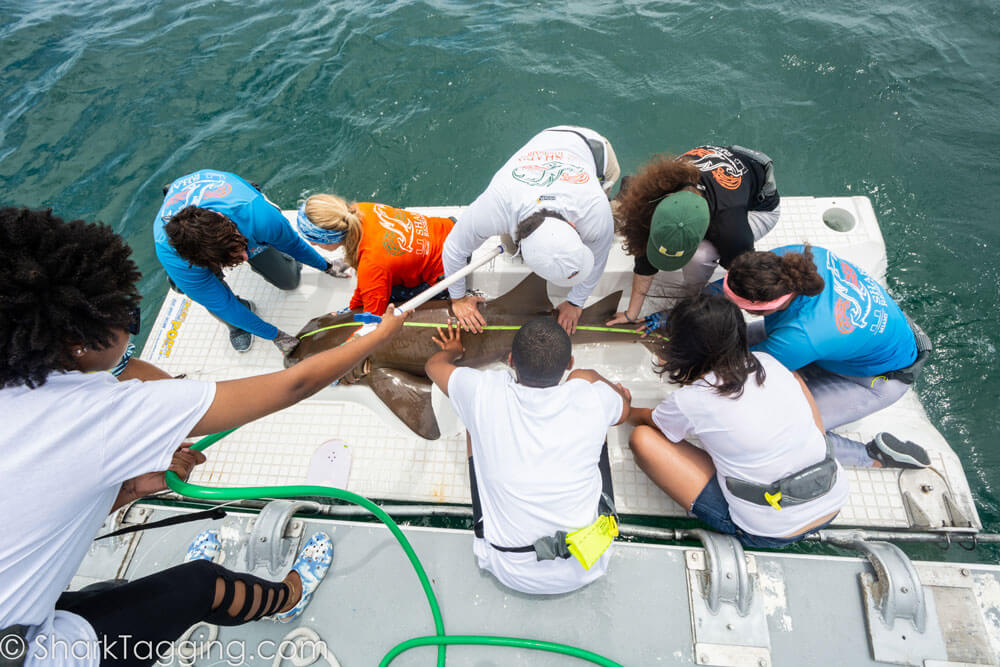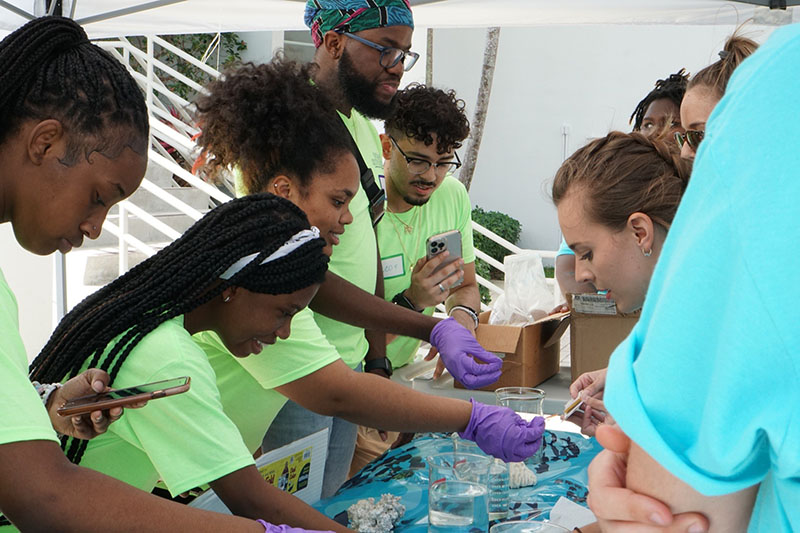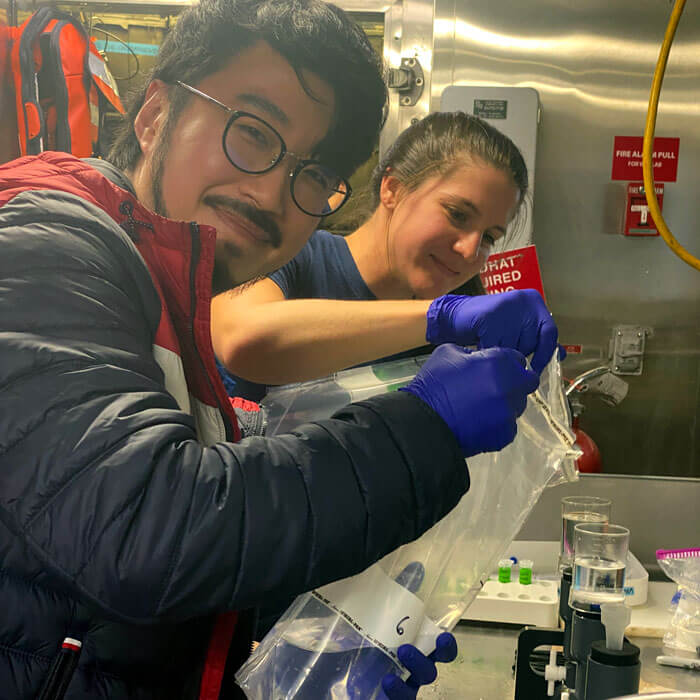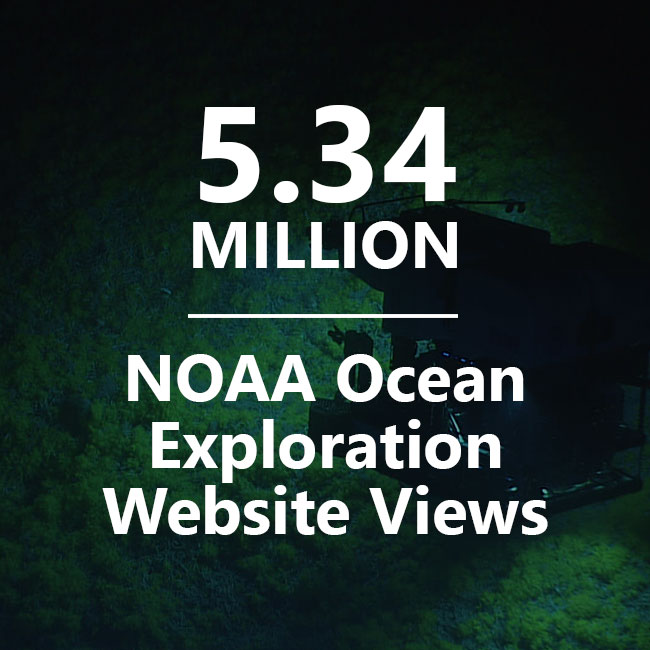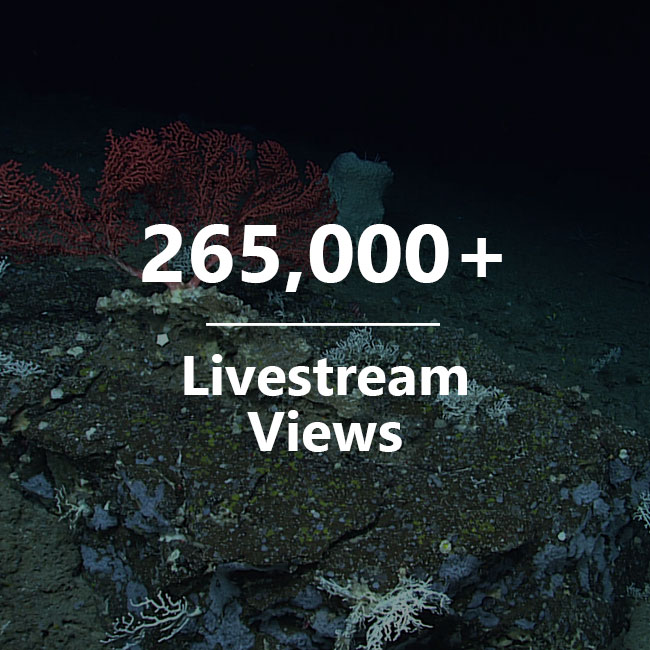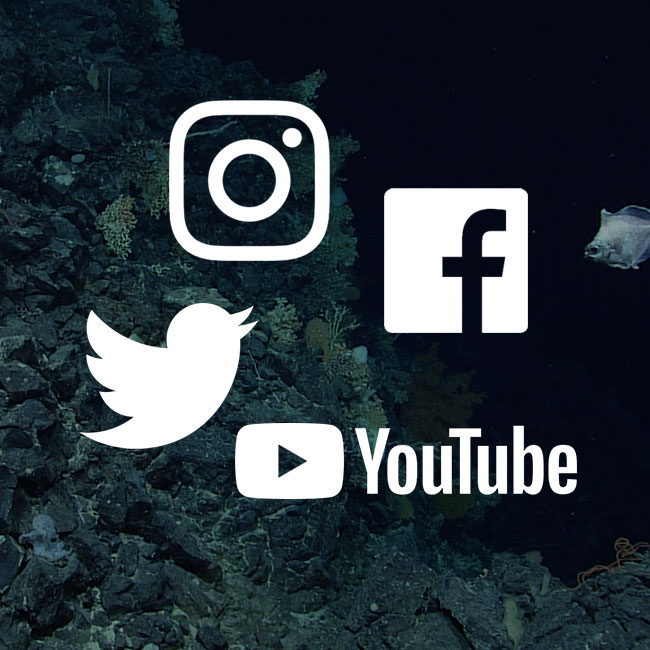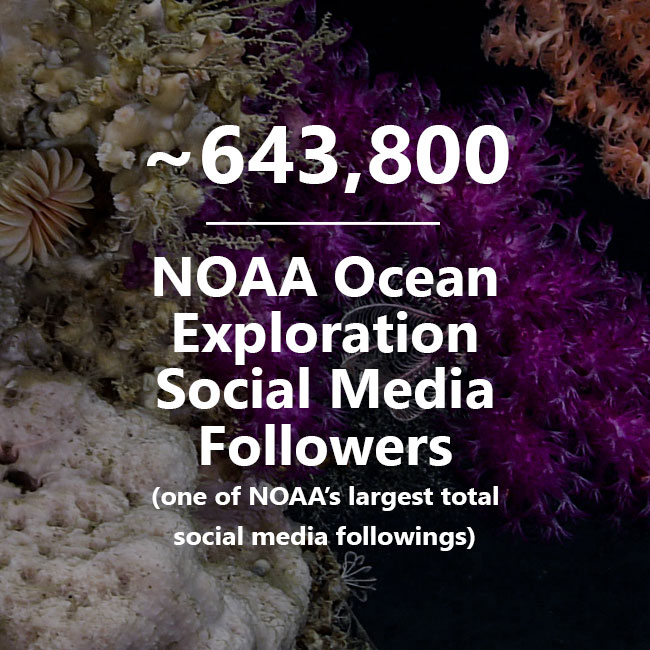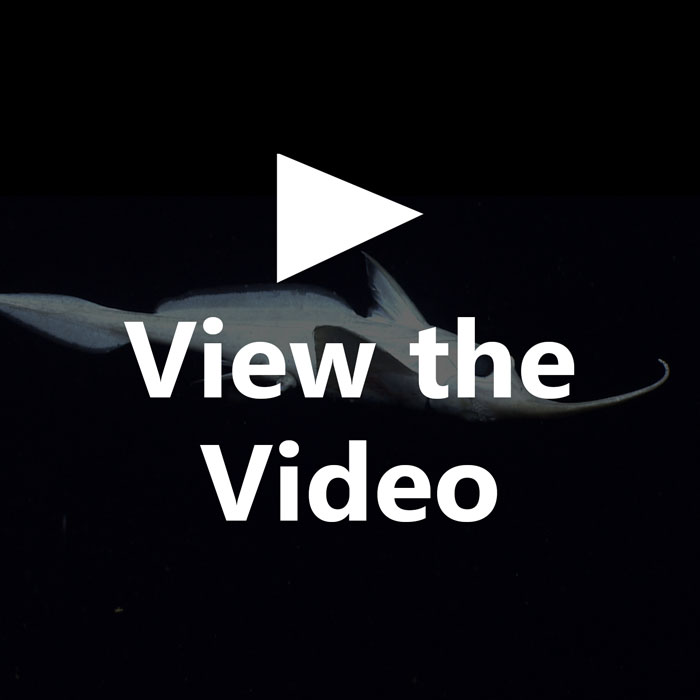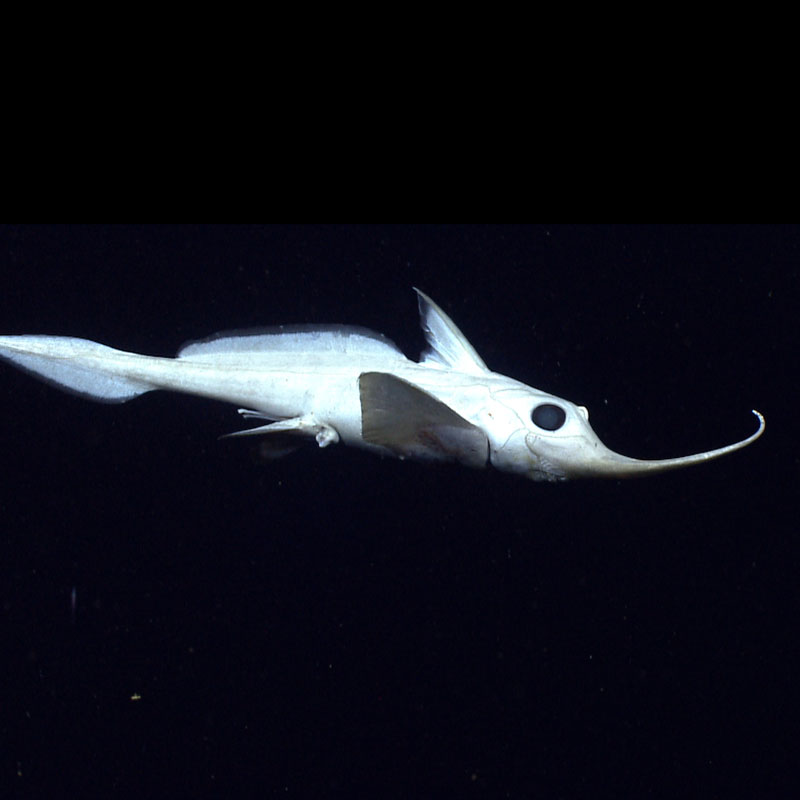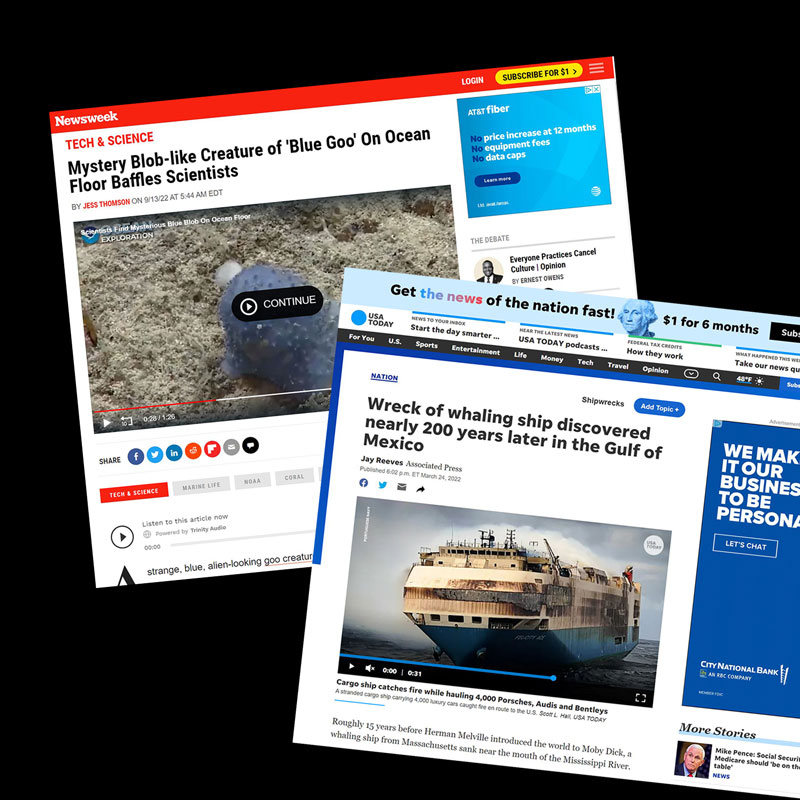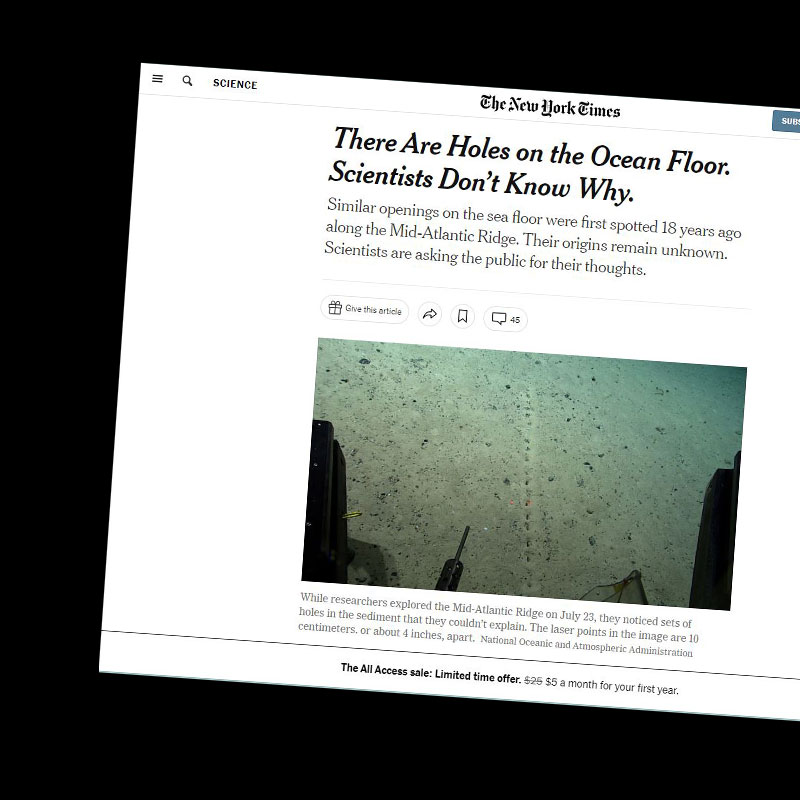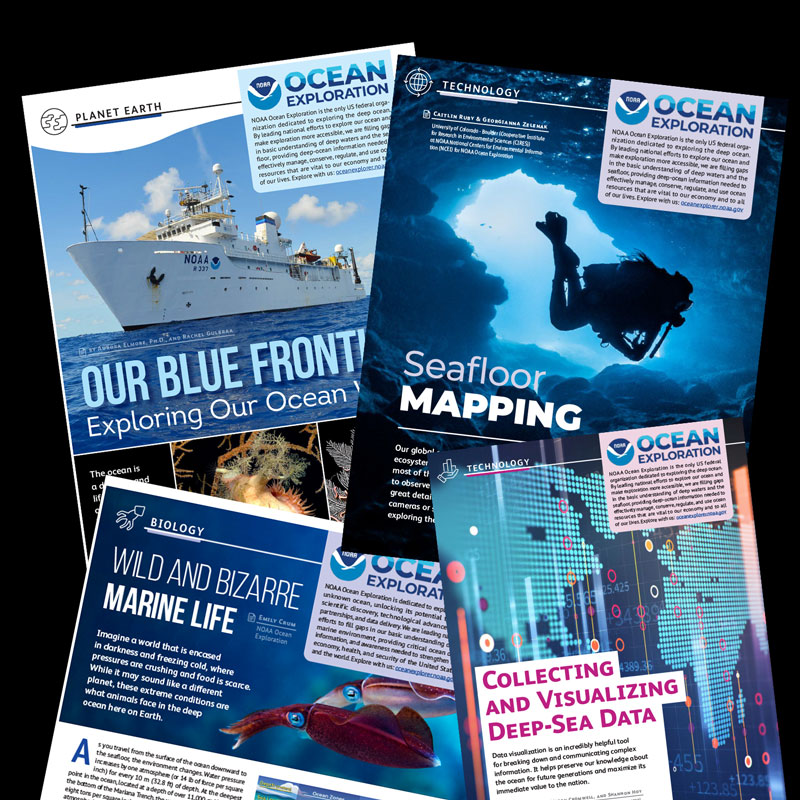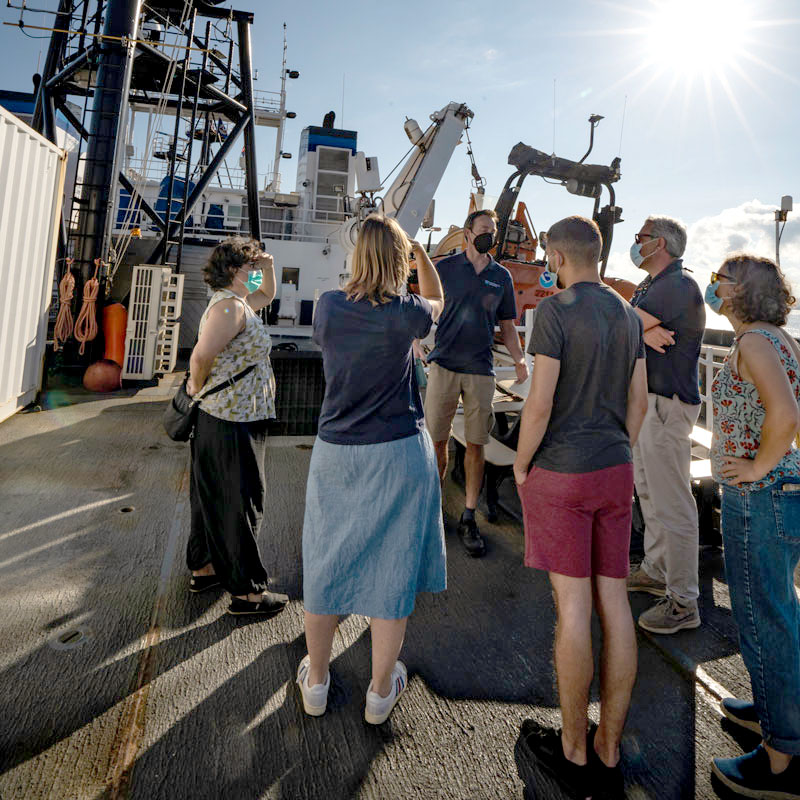A Word From Our Director
On March 14, 2022, NOAA Ocean Exploration welcomed Jeremy Weirich back as the new office director. Here, Jeremy reflects on his first year at the helm and provides a preview of 2023.
Shortly before I returned to NOAA Ocean Exploration, our team aboard NOAA Ship Okeanos Explorer, working with onshore partners, discovered a shipwreck that’s likely Industry, a historically important 19th century whaler. The media interest was significant, and this discovery served as a perfect example of the types of stories our program tells. These stories resonate with people. They introduce us to wondrous life forms and extraordinary landscapes, and they help us better understand our past and foretell our possible future. It’s through these shared experiences that we connect people to the ocean, where there’s always something happening, new stories to tell. This annual report provides a look back at some of our stories from 2022.
Jeremy Weirich
Director, NOAA Ocean Exploration
NOAA Ocean Exploration’s mission is to explore the ocean for national benefit. We do this by leading expeditions, supporting the work of the NOAA Ocean Exploration Cooperative Institute (OECI) as well as other members of the ocean exploration community (e.g., through our competitive grant program), and collaborating with partners, both inside and outside of government — and internationally. We promote this work by educating and informing the public about why we explore, how we explore, what we find, and why it matters.
In 2022, our partners helped us advance our mission in a variety of ways called for in the National Strategy for Mapping, Exploring, and Characterizing the United States Exclusive Economic Zone and associated documents. Through the OECI, recipients of our competitive grants, and others, we extended our reach, enabling additional efforts to explore and map the deep ocean, develop and test new ocean exploration technologies, search for and study maritime heritage resources, educate the next generation of ocean explorers, and engage the public in ocean exploration.
I firmly believe that to boost the pace and efficiency of these activities and to augment our NOAA-led expeditions, we will need to increase use of public-private partnerships and uncrewed systems. This past year, we made progress in both areas. We sponsored a very successful interagency public-private partnership, which included Saildrone and their new Saildrone Surveyor, to map the seafloor (16,254 square kilometers/6,276 square miles) and collect environmental data in unexplored waters around the Aleutian Islands. In addition, our OECI partners demonstrated that by deploying multiple uncrewed systems that are able to communicate and work together, while freeing ships for conventional exploration tasks, we can maximize exploration potential.
Recognizing that our ocean is a global ocean, we welcomed the June signing of the memorandum of understanding between NOAA and Seabed 2030 to formalize our contributions to the definitive map of the world ocean floor. NOAA also signed a memorandum of understanding with Australia’s two leading ocean science agencies (Geoscience Australia and the Commonwealth Scientific and Industrial Research Organisation (CSIRO)) to collaborate on ocean exploration, mapping, and characterization efforts in the Pacific; met with representatives of the Korean Institute of Ocean Sciences and Technology (KIOST) to discuss partnership opportunities; and participated in the international Map the Gaps Symposium and the All-Atlantic Ocean Research Forum 2022 scientific and ministerial events.
2022 also marked the conclusion of the Atlantic Seafloor Partnership for Integrated Research and Exploration (ASPIRE), our multinational, collaborative ocean exploration field program focused on raising collective knowledge and understanding of the North Atlantic Ocean. After many years of planning, working closely with academic and government partners in Portugal, and others, we made it to the Mid-Atlantic Ridge, conducting a series of three expeditions in the region on Okeanos Explorer. Voyage to the Ridge was the centerpiece of our 2022 field season on Okeanos Explorer, which culminated with a return to the Pacific in the fall.
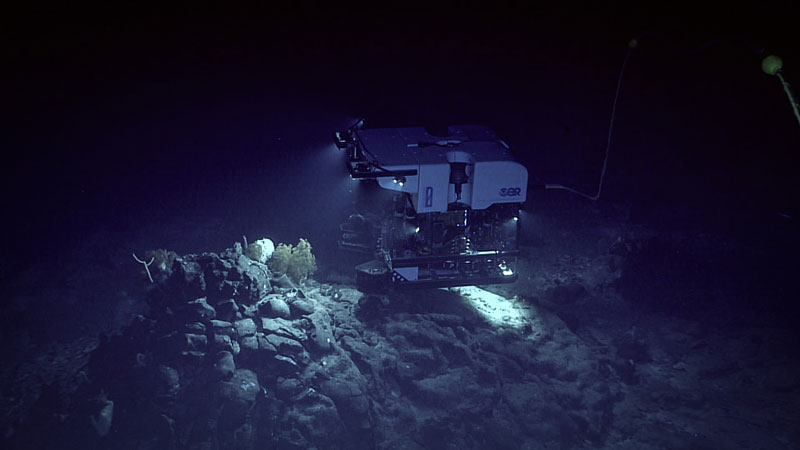
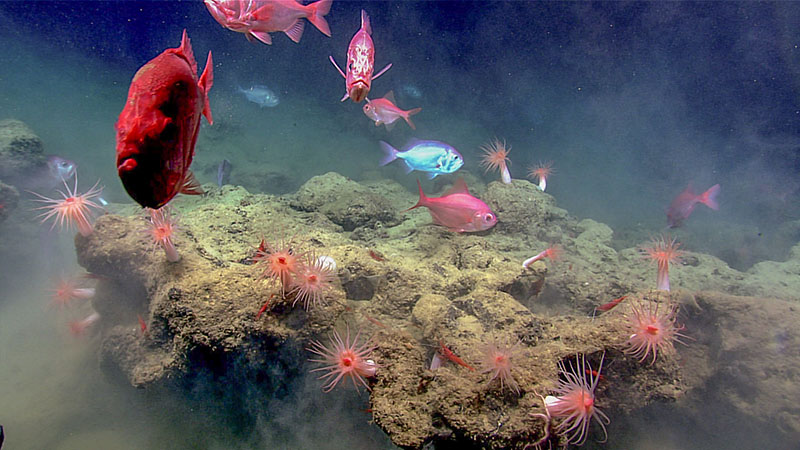
The opportunities to advance ocean exploration science, technology, education, and outreach, and the partnerships needed to do so, are endless. And, with December’s passage of the National Ocean Exploration Act as part of the National Defense Authorization Act and our leadership roles associated with the national strategy and the National Oceanographic Partnership Program, NOAA Ocean Exploration is truly in a position to guide priorities for the ocean exploration community as a whole. As I look ahead to 2023, I see an emphasis on increasing the use and capabilities of uncrewed systems, planning for the next generation of an exploration-capable NOAA vessel, developing artificial intelligence tools to maximize data collection and use, testing new tools and methods to increase the efficiency of at-sea operations, and continuing to create new ways to increase equity in the ocean community through our expedition planning, funding opportunities, and outreach activities.
NOAA Ocean Exploration will be in the Pacific for the foreseeable future with Okeanos Explorer, and we are excited to visit Alaska with the ship in spring/summer 2023 for the first time. With this shift in ocean basins comes new priorities, new projects, new partners, and, of course, the possibility of new discoveries.
The ocean is our greatest resource, and there’s so much of it still to explore. I can’t wait to see what new discoveries lie ahead and what new stories unfold!
Jeremy Weirich
Director, NOAA Ocean Exploration

